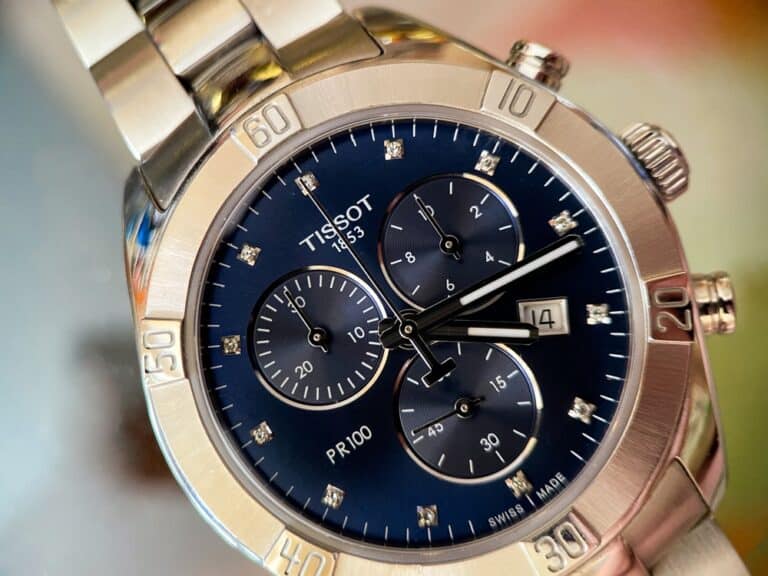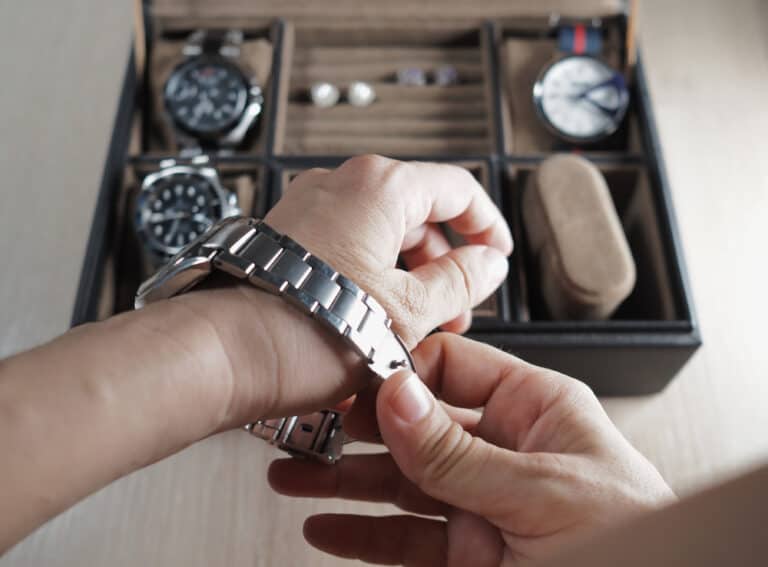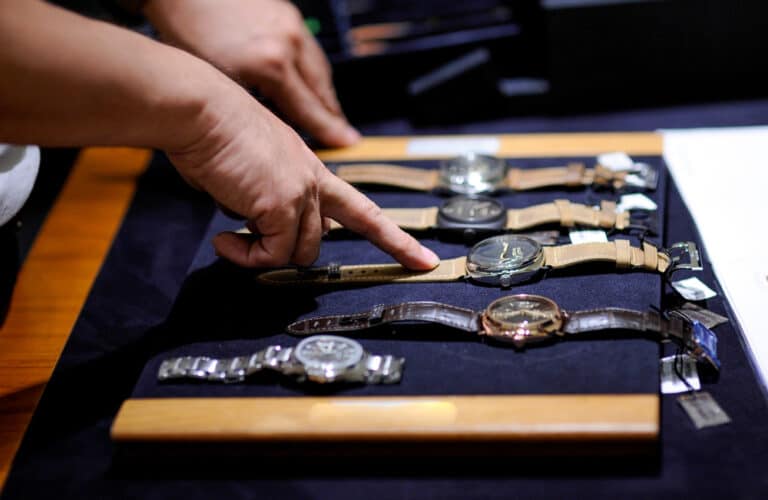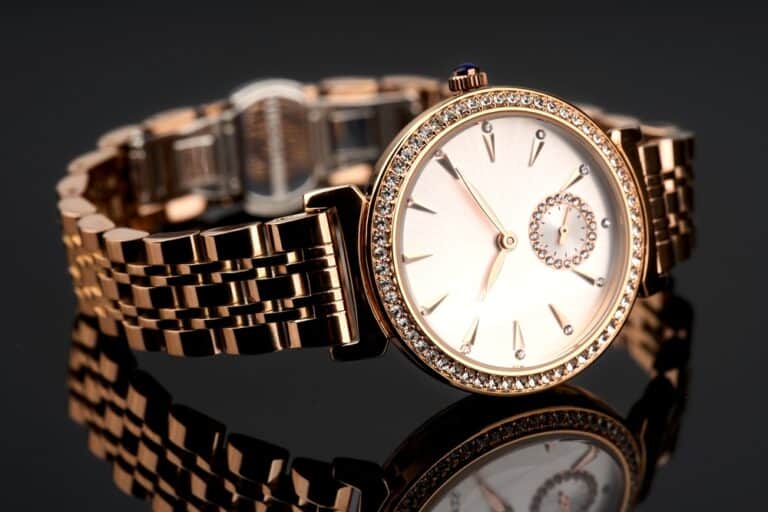Everywhere you look, people seem to be sporting smartwatches on their wrists. This incredible little device packs almost all of the same features and capabilities of a smartphone into one compact package. But while smartwatches can be a handy tool to complement your smartphone, many consumers are left wondering if they’re worth the money.
Smartwatches have five main disadvantages. These disadvantages include:
- Smartwatches give off incorrect data
- Smartwatches are expensive
- Smartwatches have a mediocre battery life
- Smartwatches work with smartphones
- Smartwatches aren’t always user-friendly
Before buying a smartwatch of your own, you should look at the disadvantages of these devices. Our list includes all the main pitfalls of smartwatches and how they can impact the usability of your device.
5 Disadvantages Of Smartwatches
Smartwatches are quickly becoming a popular modern accessory for both men and women. But after being swept up by the mass appeal of a smartwatch and buying one for themselves, many consumers are left disappointed by the mediocrity of some of its features.
To help you make a more informed decision before buying one of these little gadgets, we’ve listed the top 5 disadvantages of smartwatches and explained each drawback in detail.
1. Smartwatches Give Off Incorrect Data
One of the primary reasons consumers buy smartwatches is to have their smartphone’s capabilities on their wrists. However, smartwatches also have health and fitness trackers that enhance their popularity. This extra functionality is a significant selling point for smartwatches, but they aren’t always all they’re cracked up to be.
The health and fitness tracking apps regularly record data for users to take stock of their steps, sleeping patterns, heart rate, exercise routines, and much more. But some models of smartwatch record incorrect data. Sometimes, smartwatches may stop recording data altogether if the processes are interrupted, faulty, or if they have a low battery.
If you’re thinking of buying a smartwatch for tracking capabilities, you may want to think again. Small, inexpensive devices like step counters may be more accurate when recording important health information. Alternatively, you can download health and fitness tracker apps on your phone that generally have the same accuracy and capabilities as a smartwatch.
2. Smartwatches Are Expensive
It’s no secret that almost any smartphone or device is pricey. But smartwatches often take the cake. They can be extremely expensive, even for the most basic models. In fact, you can often buy a smartphone with the same features for less!
If you’re on a tight budget, buying a smartwatch may not be your best investment. While they may be nice gadgets to have, they’re often less affordable than other devices that can do the same things.
Smartphones are in direct competition with smartwatches, so if you’ve already got a smartphone, chances are you don’t need to buy a smartwatch. But if you have some spare spending money and want to add another handy little device to your collection, feel free!

3. Smartwatches Have Mediocre Battery Life
Smartwatches are just like any other smart or digital device – they need a constant power supply to work. You can charge your smartwatch the same way you’d charge your phone or tablet. The smartwatch will store power to use even when unplugged. But unlike a smartphone, smartwatches’ batteries aren’t as powerful and will, therefore, not last as long.
Smartwatches typically need to be charged more than cell phones as well, depending on the active features you’re using. Newer smartphone models are built to hold a battery charge for longer. In contrast, most standard smartwatch models will use the same amount of battery.
Suppose you have features like notification lights and other power-heavy apps turned on. In that case, your watch battery will die much quicker. Typically, you’ll need to charge your smartwatch every two days, but this can be less if you use more apps. And, because most smartwatches are running tracking features for sleep or step counting in the background, they’re using more power than the average smartphone.
While it can be argued that smartphones also need to be charged, it may be inconvenient to charge more than one device and keep track of their respective battery lives.
4. Smartwatches Work With Smartphones
This disadvantage generally goes hand-in-hand with the affordability issue of a smartwatch. While smartwatches can be a fantastic gadget to have to complement your smartphone, they often can’t be used entirely independently from your phone.
Some smartwatches need a constant Bluetooth connection with your cell phone to access data, sync apps, and receive and make calls or send texts. Because of this, you won’t only need to have a smartphone handy, but you’ll need to pay for both devices for your smartwatch to have full functionality.
You can’t fully replace your smartphone with a smartwatch like you can with other devices such as a tablet. So when you’re considering getting a smartwatch, you’ll need to ensure that you already have a compatible smartphone and can afford both devices.
5. Smartwatches Aren’t Always User-Friendly
Smartwatches are built to be small and inconspicuous when they’re on your wrist. They’re modeled after standard watches, meaning their faces aren’t as large as the screen on your phone. A smartwatch’s size can make it difficult to navigate properly – particularly for men or other consumers with larger fingers.
The small screen size on a smartwatch means that consumers often click buttons they weren’t intended to press or make mistakes when typing. The screen size can be frustrating when you’re trying to use your device for on-the-go convenience.
Similarly, smartwatches have voice control. But this feature isn’t always as fine-tuned as you would hope. Instead, most standard smartwatches struggle to recognize voice control prompts, and this feature often doesn’t work. It’s important to remember that this disadvantage isn’t limited to smartwatches. In fact, several devices struggle to get this feature right.
Conclusion
In the last few years, the availability of smartwatches has soared. But with so many devices and gadgets available to consumers, it’s important to know all the drawbacks of one of these devices before you spend your hard-earned money! With our list of disadvantages, you can make a fully-informed decision on whether you want to invest in your own smartwatch – or not.







